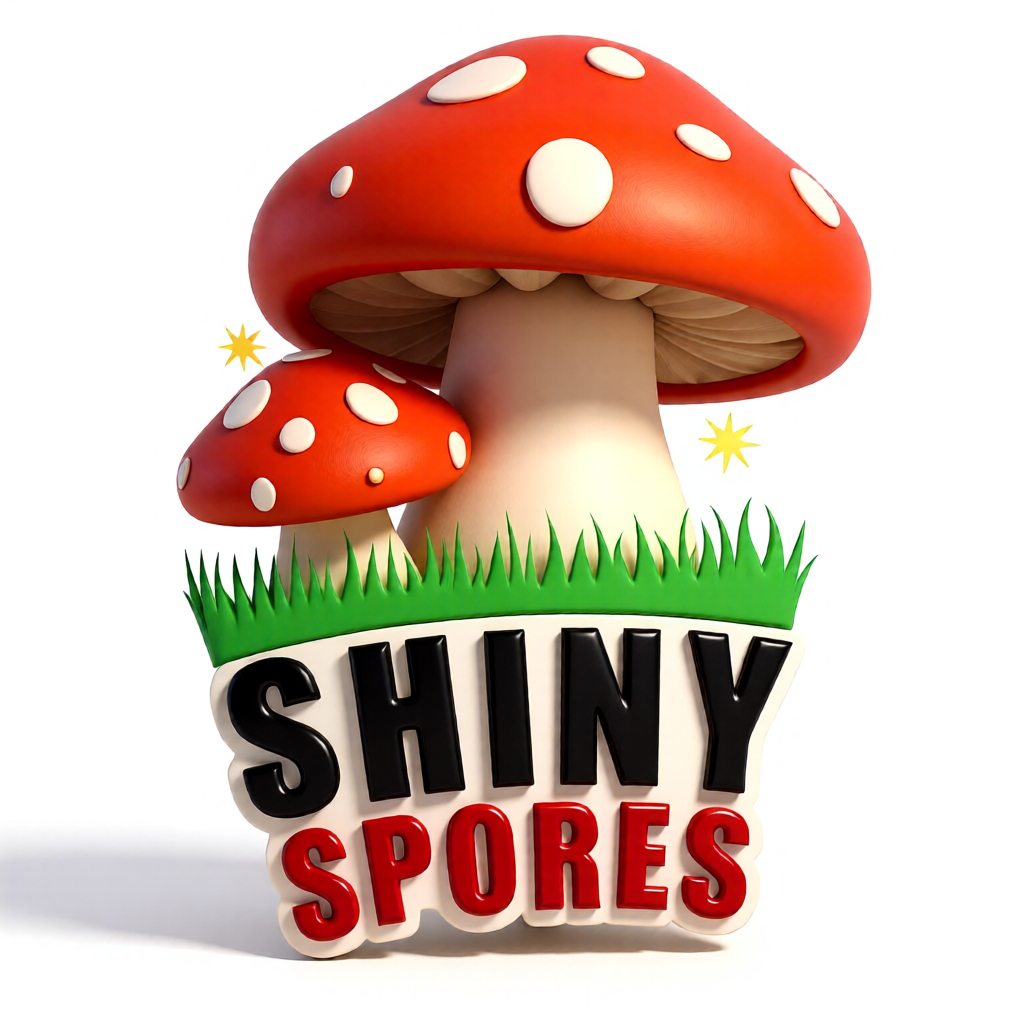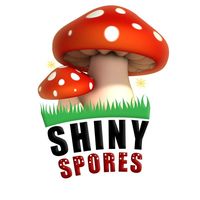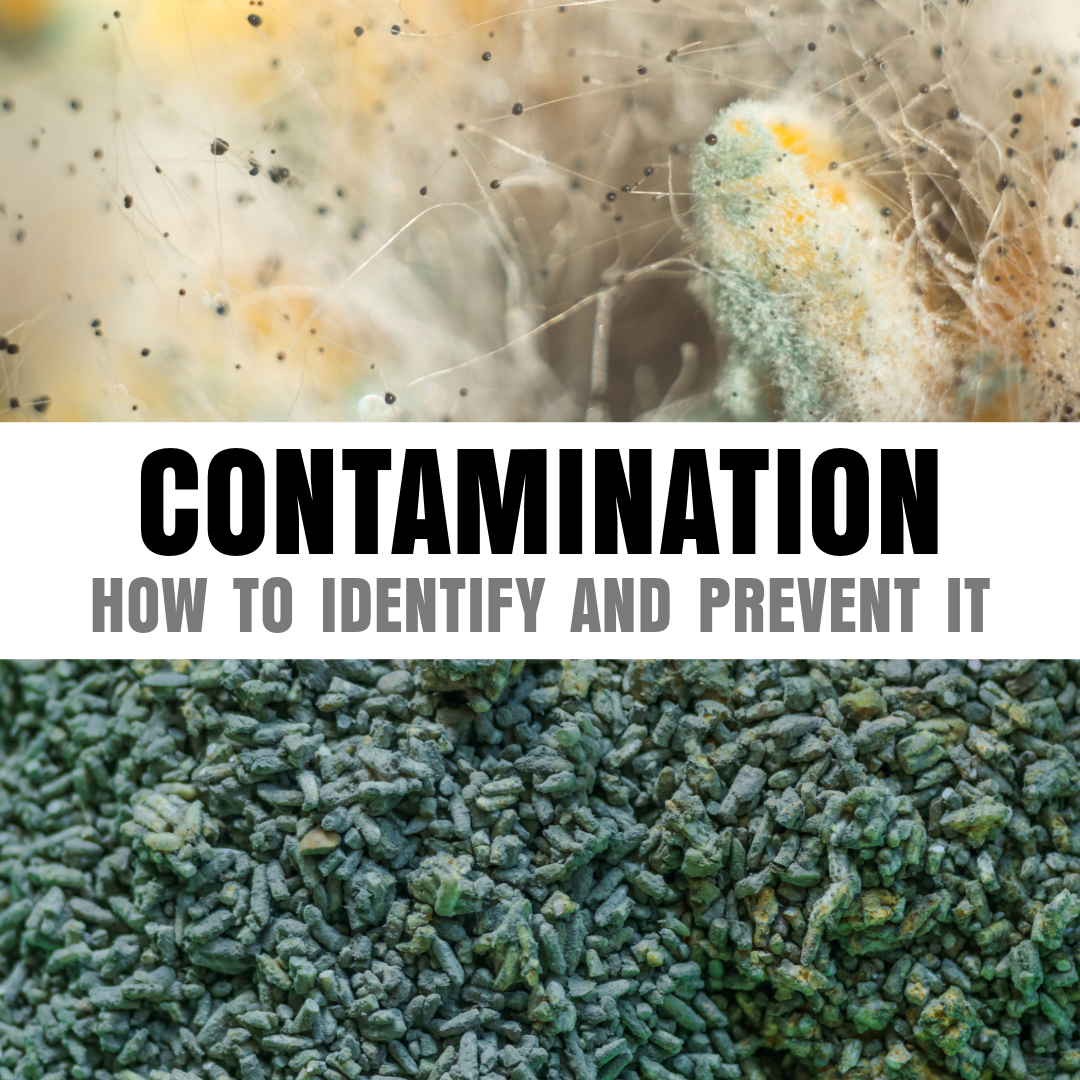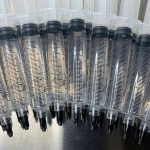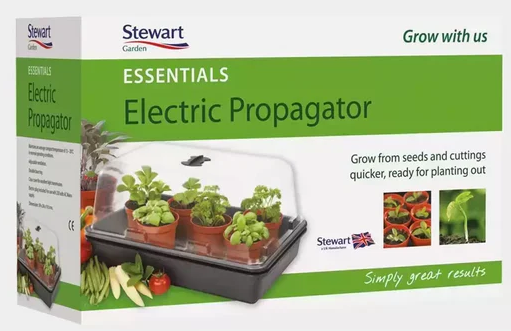The ideal growing conditions for mushrooms are also incredibly inviting to a host of other competing organisms, therefore contamination is something most growers will come across at least once in their growing journey. This guide will run through a few common forms of contamination, alongside things that can be done to save your mushroom grow kit project. Knowing how to spot early signs of contamination can be a life saver for your project.
Signs of contamination
Discoloration: Unexpected changes to the coloring of the substrate or mycelium can mean contamination. However, not all discoloration means the end of a project, different mushrooms can produce varying colors of mycelium, If you have concerns we are here to help.
Foreign odors: Typically incredibly pungent odors. Think a fruit bowl thats been left in 35c weather uncovered for a few weeks. Or, rotting eggs! This is a sure way of identifying if you have contamination.
Abnormal growth: Fruiting bodies that are misshapen, discolored or malformed can be a sign of contamination starting within the project. It may also mean that you may need to make environmental changes as your kit may need more/less heat or humidity.
Molds on the surface: this is the most common and obvious manifestation of contamination dependent of the proliferation of the competing mold. Unfortunately, this could mean the end of a project.
Insects in your project: Insects are carriers of mold spores, the appearance of these within a project means keeping an eye out for potential mold! Typically fungus gnats like to make an appearance in damp, dark areas to lay their eggs. So make sure to keep an eye out for these!
Slime: Your project should not have a slimy or wet texture as the moisture level required does not have this impact. Therefore, it’s most likely bacteria or mold making an appearance.
Dusty textures within the substrate: The appearance of dust like textures in a range of colors could be the start of contamination, early intervention can be key here to prevent the death of a project.
Please be aware that bruising of the mushrooms can cause a slight blue tinge to the fruiting body and the mycelium. This is from handling the mushrooms. It is not a form of contamination. This also applies to the dark coloring if mature mushrooms are left within the kit when ready to be harvested. When mushrooms are over mature, they will drop their spores leaving patches on the substrate. Please be aware that contamination will transfer to a swab and bruising will not.
How does contamination enter our projects?
Airbourne contamination: This can make it’s way through even the best filter patches as many particles are microscopic. Prevent this by keeping your project covered with a fruiting and incubation chamber, never making contact with the filter and ensuring cleaning products do not have the chance to compromise the integrity of the filter will all help
Substrate contamination: We have you covered here! All of our orders are freshly prepared in a pressure cooker to temperatures that bacteria and fungus cannot live within. As a responsible supplier we keep detailed records of any issues and will always ensure we maintain high quality standards.
Human contamination: This can happen through contact with skins cells, clothing and improper sterile working practices.
Unfavorable growing conditions: Environments that are too wet, hot or humid can welcome the arrival of many contaminants. Keeping your environment clean and well aerated would help prevent this. Make sure heat and humidity is monitored!
Common Contamination and How to Prevent Them
There are so many different types of contamination, both bacterial and fungal, which can cause issues within your grow. Sometimes you can treat or isolate the infection on the brick, however most of the time contamination can spell the end of a project.
Generally, ensuring you have the correct temperature, humidity and sterilized facility which is capable of providing adequate FAE within your project, you will be less likely to encounter contamination. You can make use of a still air box to prevent contamination further, or (if you’re feeling fancy!) you could opt for a Flow Hood.
Trichoderma

Trichoderma mold produces white mycelium that turns into green mold. Unlike mushroom mycelium this will appear fluffy and will rise away from the substrate. This mold is prolific once it’s established. It appears as a small dot of white/green mycelium nestled amongst the healthy grains of your bag which could easily be looked over. These small spots will soon grow very quickly, into large areas of ashy grey/green dusty patches.
Therefore, isolation is key! Catching Trich early can prevent it from consuming your project. There are ways to isolate and treat Trichoderma, but you must act fast! Please note that treatment can damage your brick, but it can also save your project from the bin! If left untreated this has the potential to wipe out the entire crop. There are multiple ways to treat this, some varying in success. We personally would recommend isolating the effected area and removing it from the brick. Spray the hole thats been left behind with bleach: water solution to kill off any Trichoderma spores, leaving *hopefully* nice and healthy mycelium behind! It’s important to note that whilst this can be done successfully, most projects cannot be saved once Trichoderma is spotted.
To prevent this from occurring we would highly recommend increase the air circulation, ventilation, and monitoring the project regularly. You also need to be extra careful with sterilizing the area you will be keeping your project as well as the inoculation itself. You can use a Flow Hood to prevent contamination. These are typically used for testing on agar, but would be perfect for a sterile inoculation process.
Orange bread mold

This is a common form of bacterial contamination spp. or wet rot/sour rot. This mold is found often across ecosystems. If you are a coffee fan beware of this mold entering your environment as spores are known to enter through the process of coffee grinding and will become air borne.
This is a fast growing mold that starts as orange wisps and forms to bright orange patches of mold. If caught in the initial stage you may be able to save the project before the mold drops its spores. This form of contamination is more likely to be encountered in warmer environments and the summer months. We recommend isolating it if it’s caught early. If you have successfully isolated the mold from your project, ensure you seal it into a bag and dispose of it safely. Be careful of any surrounding projects if orange bread mold is found due to it’s proclivity to become air borne.
If this mold is found within your project, it is most likely environmental contamination. This means it’s come into your project from somewhere close by. We would strongly recommend disinfecting the surrounding environment and checking for potential sources of this mold. It is commonly found in compost, coffee and damp wood.
Cobweb mold

Due to it’s similarity in colour, cobweb mold resembles mycelium so can be hard to pick up initially. The defining factor between mycelium and cobweb mold is that it appears to hover above the substrate. This mold occurs within environments lacking fresh air and with high humidity. It often forms in the last stages of colonization.
If this occurs, increase the opportunity for fresh air exchange (FAE) by ensuring the project is not restricted. Also, reduce the humidity levels to stop the mold from continuing to form. Ultimately if left to proliferate within the kit it can cause pinning mushrooms to abort growth and mature mushrooms to rot.
This can be prevented in the future by ensuring your project has good airflow by fanning it more often or for longer, installing a fan, or increasing the filtration areas leading into a set-up.
Black bread mold or pin head mold

Early stage indications that this mold is present in your project can appear to look like cobweb mold. However, unlike cobweb mold, pin head mold develops tiny little tendrils with black specs. Household pets or potential pests are carriers of this contaminant. As it’s name suggests, it likes to snack on bread and make it it’s home. Therefore, grain bags are just as much of a beacon to this contamination as a nice loaf of bread!
This mold can become airborne, therefore it’s incredible important to isolate this and dispose of it as soon as it’s spotted within a project. This spreads fast so it will not be possible to isolate this from your project. Therefore, ensuring you prevent this by sterilizing the area (and finishing off your loaves of bread before they go moldy!) before it has the chance to get a whiff of your project!
The ideal growing temperatures for a large range of mushrooms make the perfect environment for pinhead mold to take over. If this is noticed on the block or fruits the project will need to discarded as this mold is hazardous to people. Do not release this mold into the environment as it may cause harm to the local wildlife. Please dispose of this appropriately.
Black mold

Black mold is poisonous, a project contaminated with black mold should be discard immediately without being opened. This appears as dark brown/black patches covering the mycelium. When you first spot this, it may appear as if it is the substrate reappearing through the mycelium. Once cultivated a healthy block should remain completely white in a healthy solid brick.
Black mold occurs in overly damp/wet environments so can be prolific at certain times of year and within projects that have been overwatered. It’s important to dispose of the effected grow kits as soon as possible. You should then sterilize the area with a bleach, alcohol or mold killer solution. It might be worth checking your environment (especially in the Winter) as the contamination could have originated from the environment you’re in. Black mold spores are prolific in the Winter, so keep an eye out in any damp areas.
Mushrooms will not form in a block with black mold either, so as soon as you see black bits forming, get rid of the project!
